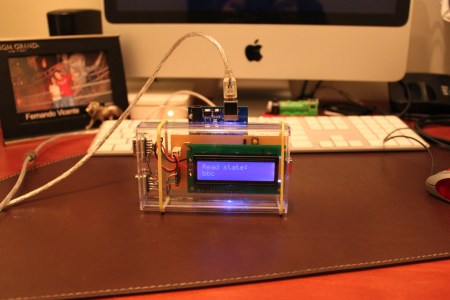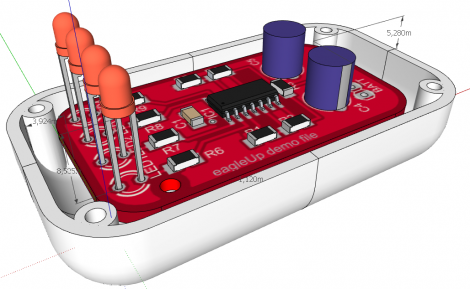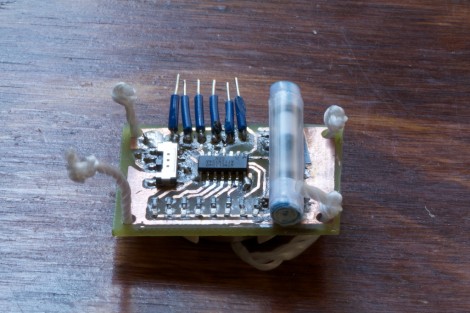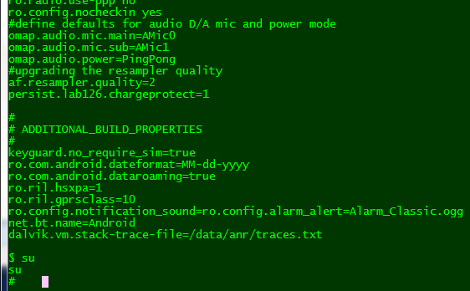This clever hack uses an Arduino to do a brute force attack on a computer’s BIOS. In theory, this technique could be used for other programs, but it’s use would be limited since there’s no way to account for too many wrong passwords.
The Arduino generates and outputs the possible password emulating a USB keyboard. When this is done, the pixel in the middle of the screen is read. This is done by reading the analog red signal synced up with the corresponding horizontal and vertical pulses. As with any hack, there were some programming issues that had to be overcome (including one that locked up the keyboard emulator), but this was resolved, and the code is available if you wan to build your own.
Hardware for this build is simple, involving a LCD output, a button to stop everything, and a couple diodes to get the USB keyboard working correctly. This hack turned out quite nicely, and the code and schematics are included!



















